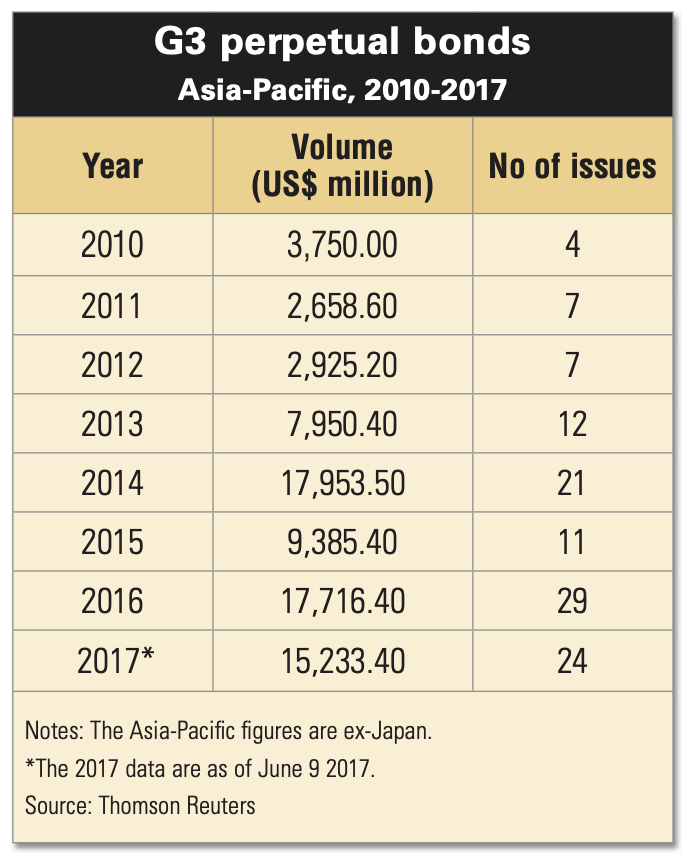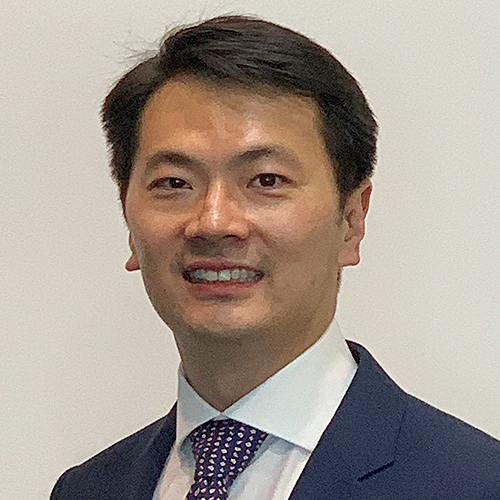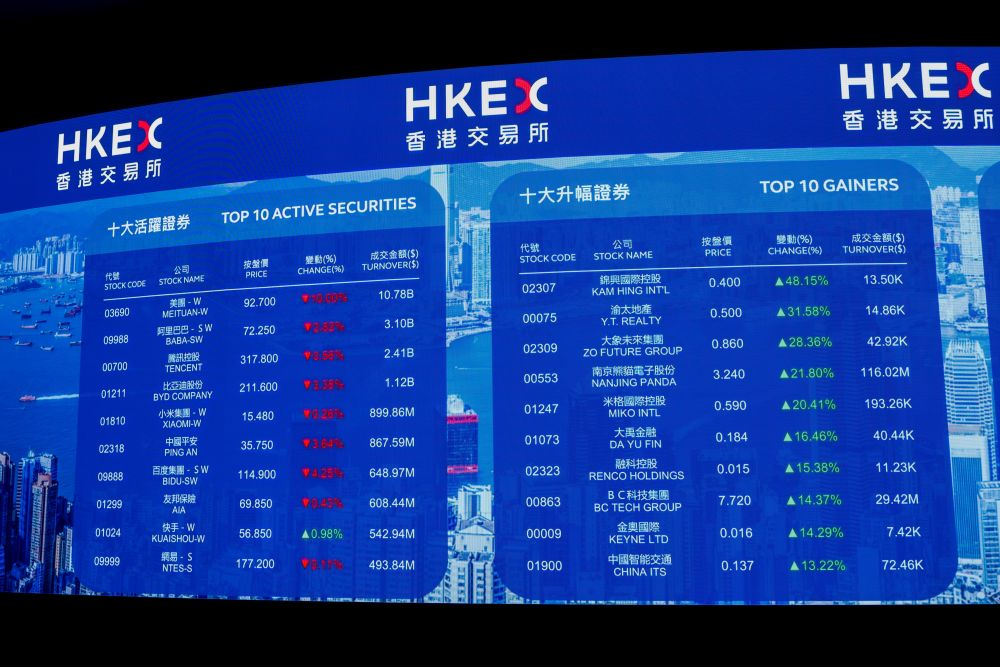The perpetual bond market has taken a life of its own. It’s grown larger and is seeing new structures. “The market will continue to evolve, but there is a good chance that perpetuals will be a permanent asset class in the Asian bond market,” Clifford Lee, managing director and head of fixed income at DBS tells The Asset. “The market itself will help fine-tune what structure is acceptable and what is not acceptable.”
Indeed, issuance of perpetual bonds has picked up significantly in 2017 with the G3 volume in Asia-Pacific, outside of Japan, amounting to over US$15.23 billion from 24 transactions as of June 9, according to figures supplied by Thomson Reuters. The volume is already close to the total issuance of US$17.72 billion from 29 deals in the whole of 2016. In line with the fact that they are the biggest issuers in the Asian bond market, Chinese issuers accounted for almost 27% of the total issuance during the period at US$4.07 billion.
Including Asian local currency, the total issuance of perpetual bonds in the region amounted to US$36.35 billion equivalent from 151 deals as of June 8, with Chinese issuers contributing 58.3% at US$21.21 billion from 112 transactions.
For accounting purposes, perpetual bonds may qualify as equity so the issuer feels there is a place for this instrument in their capital structure. They are described as the most efficient equity to raise, since they cost less and there is no dilution on the part of the issuer.
Banks have been issuing perpetuals for the longest time, but corporates are now catching up. As one banker points out, corporates do now understand that this is an efficient way of capitalizing their balance sheets.
The Asian bond market saw a number of perpetual issuances last week, including a new structure by FWD Group Limited, the insurance business of the investment group of Hong Kong-based Pacific Century Group. The company on June 8 printed a rare US$500 million zero coupon subordinated perpetual capital securities at a cash price of 72.189 to yield 6.625%. This was at the tight end of the final price guidance of the 6.75% area (+/- 12.5bp) and 37.5bp inside the initial guidance of the 7% area.
The novel structure allows FWD to not make coupon payments during the first five years. The bonds are first callable five years after the issuance and if they are not called, they will then commence paying a coupon semi-annually.
The perpetual non-call five deal attracted an order book of over US$1 billion from 55 accounts with 99% of the bonds sold in Asia and the remaining 1% in Europe. Banks and other investors accounted for 52% of the paper, private banks 27%, and fund managers 21%. HSBC, J.P. Morgan and Standard Chartered were the joint bookrunners and lead managers for the transaction, with J.P. Morgan acting as the sole structuring agent.

A day earlier, two Chinese issuers tapped the perpetual bond market raising a combined US$800 million on the back of strong investor demand. Power Construction Corporation of China, through DianJian Haiyu Limited, priced at US$500 million offering that attracted an order book of over US$3.5 billion from 147 accounts. The Reg S deal was priced at par with a similar coupon and re-offer yield of 3.50%, with the proceeds to be used for refinancing, working capital and for general corporate purposes.
CCB International and Standard Chartered were the joint global coordinators for the offering, as well as joint bookrunners and lead managers along with Barclays, Citi, CMBC International and DBS.
Also pricing a transaction on June 7 was Far East Horizon, which raised US$300 million. The senior perpetual securities, which are not callable for the first five years, were priced at par with a similar coupon and re-offer yield of 4.35%.
The deal garnered a total demand of over US$5 billion across 230 accounts with 92% of the paper distributed in Asia and 8% in Europe and the Middle East. Fund managers took the bulk of the bonds with 63%, sovereign wealth funds and insurance companies 19%, private banks and corporates 10%, and banks 8%.
ANZ, CICC HK Securities, DBS and Standard Chartered were the joint global coordinators, bookrunners and lead managers for the transaction.
Apart from the strong demand, what is also noticeable from these transactions are the large take-ups of real money accounts. “Historically, perpetual issuances were 70% to 80% dominated by private banks,” Lee points out. “The traditional concern was that these deals were driven by private bank investors who may not correctly price the risks. Of late, you have more institutional investors buying these bonds and participating in a big way. For me, that is a strong endorsement for this asset class and a compelling reason why it will become a regular feature of the Asian bond market.”
Over in the Singapore dollar market, StarHub printed on June 7 a S$200 million (US$145 million) perpetual non-call five deal, which was priced at par with a coupon of 3.95%. This was equivalent to a spread of 171.5bp over the 10-year Singapore swap offer rate. There is a step-up of 100bp from year 10, and with dividend stopper and dividend pusher with a six-month look back period.
The deal attracted a total order book of over S$1.5 billion from 94 accounts, with 86% of the bonds allocated in Singapore and 14% outside of Singapore. By type of investors, insurance companies, fund managers and government agencies accounted for 49%, private banks 47% and other investors 4%.
The strong order book indicates the popularity of perpetuals among the Singapore dollar investors, who are looking for higher yield. “Since there is still caution in the Singapore dollar market in going down the credit curve to achieve higher yield, the immediate alternative is to take on more structural risks from high grade or familiar issuers,” says Lee. “This explains the strong reception for recent corporate perpetuals along with tier 1 and tier 2 bonds from foreign banks.”


.jpg)






